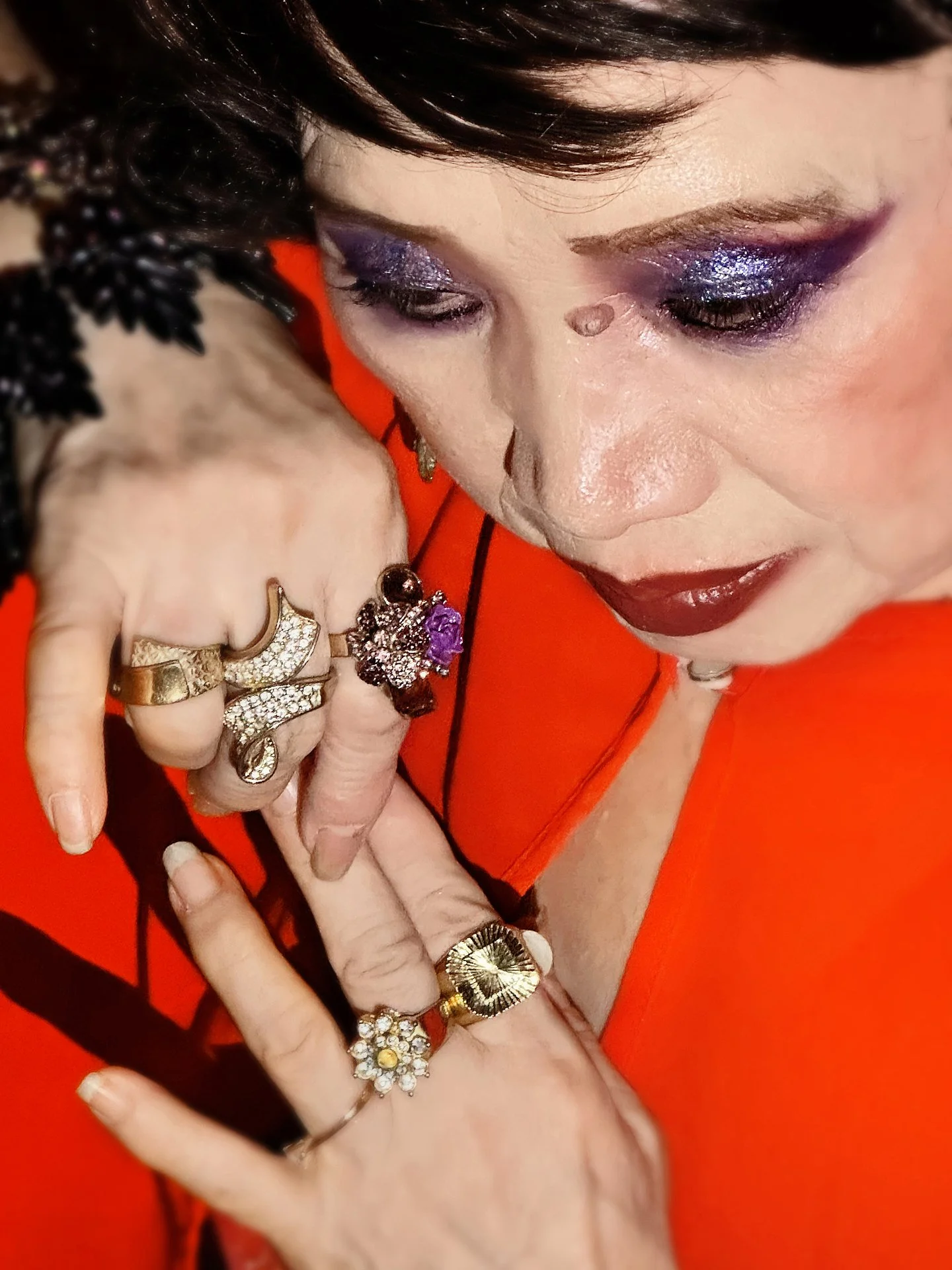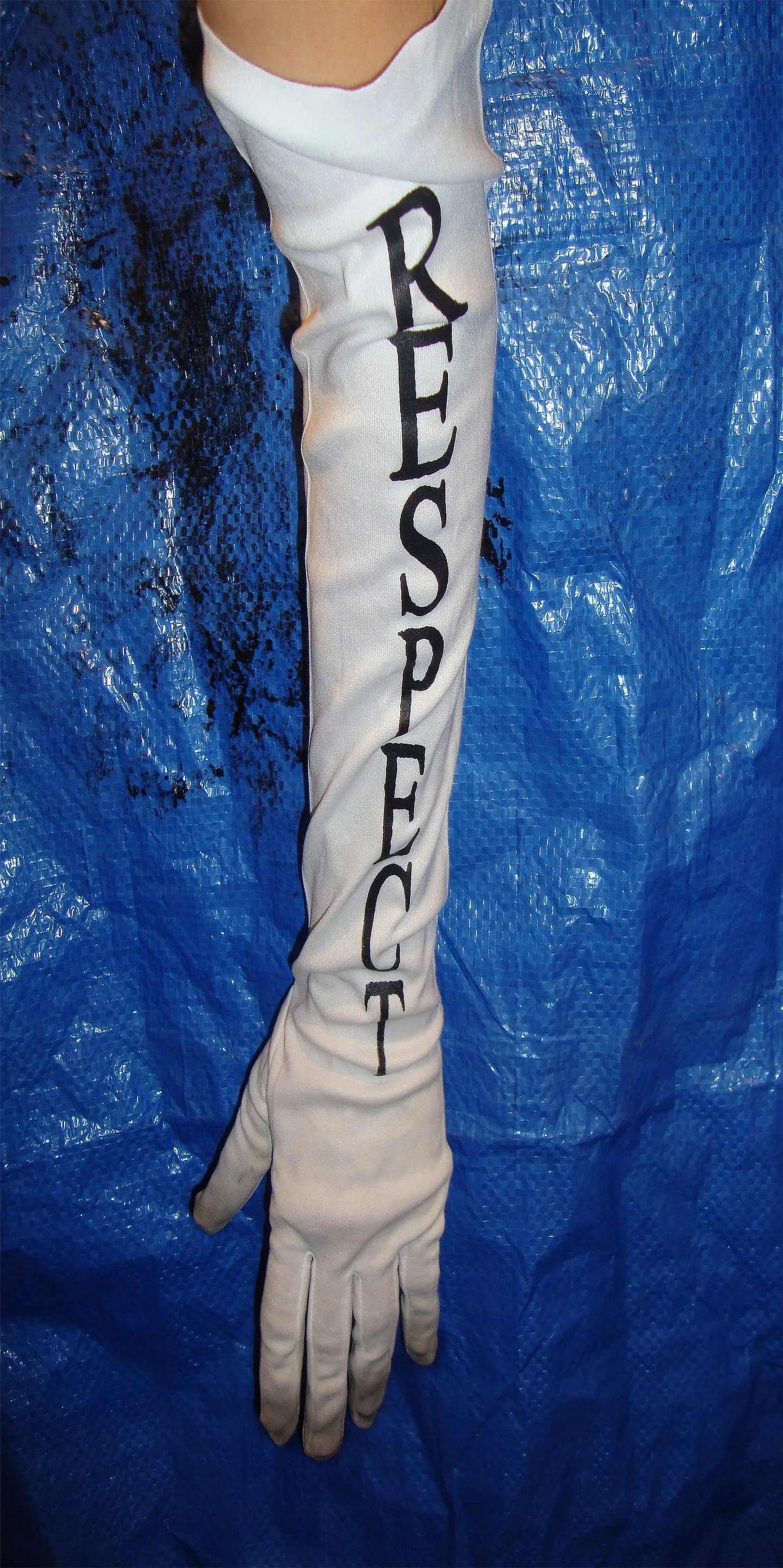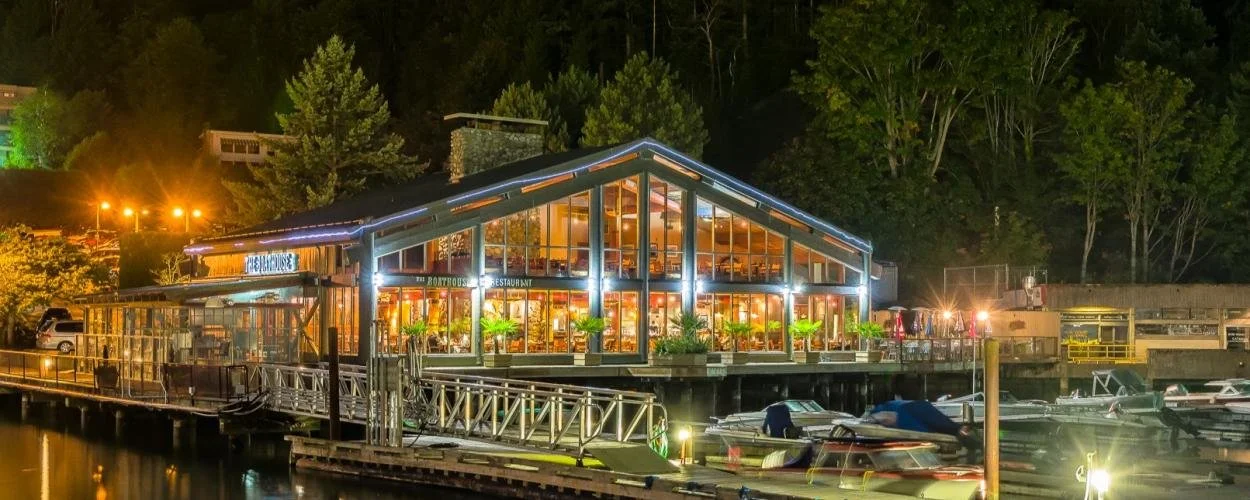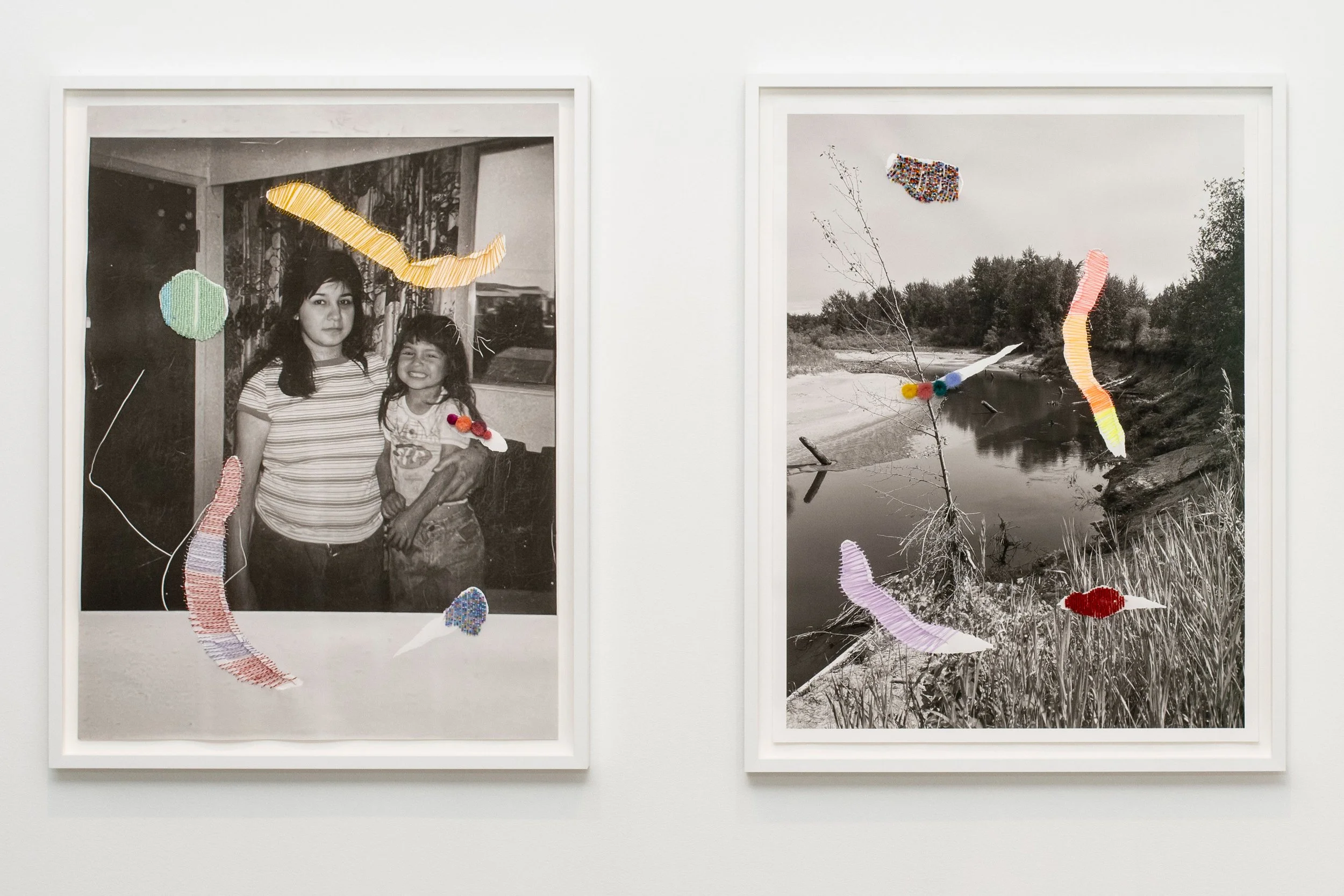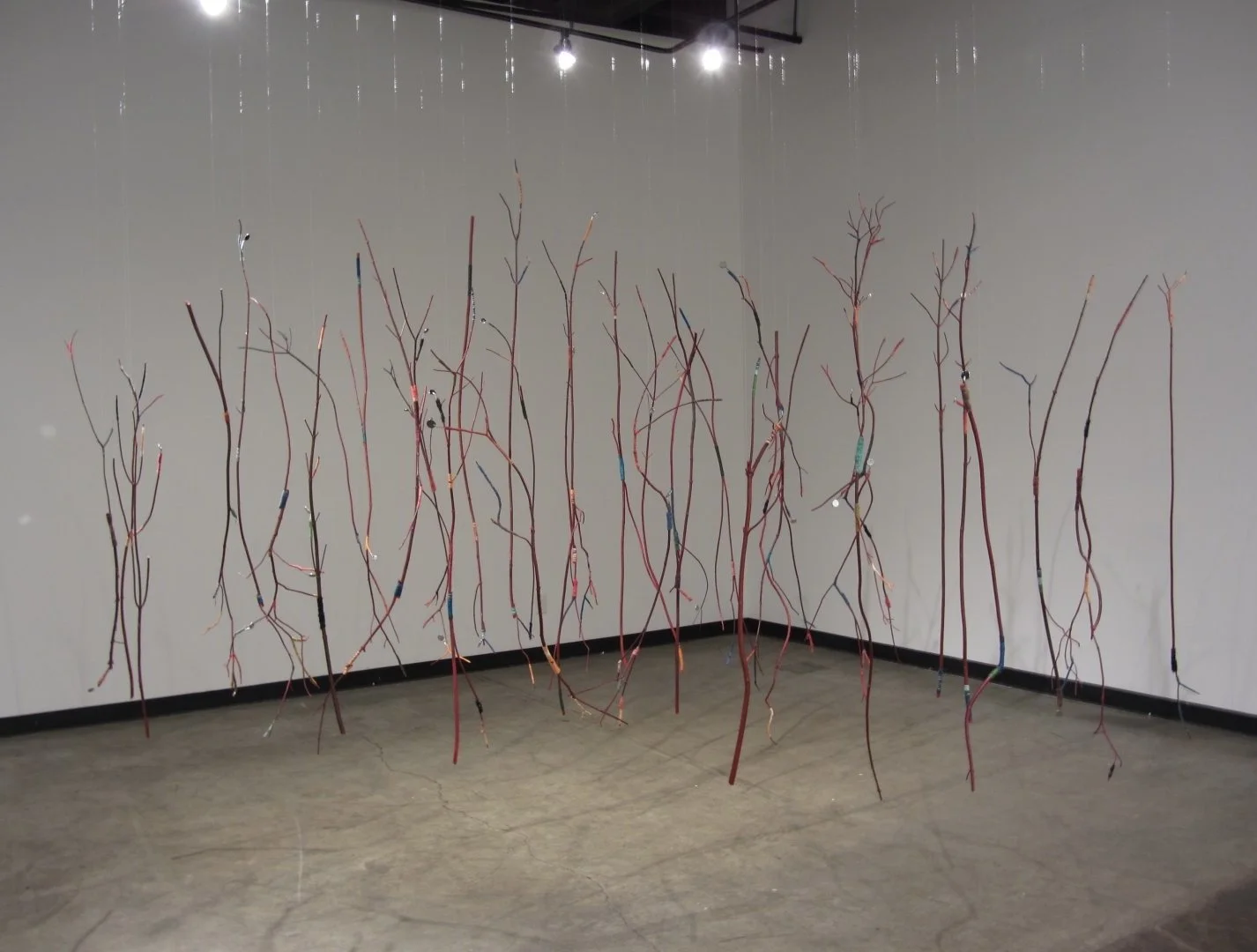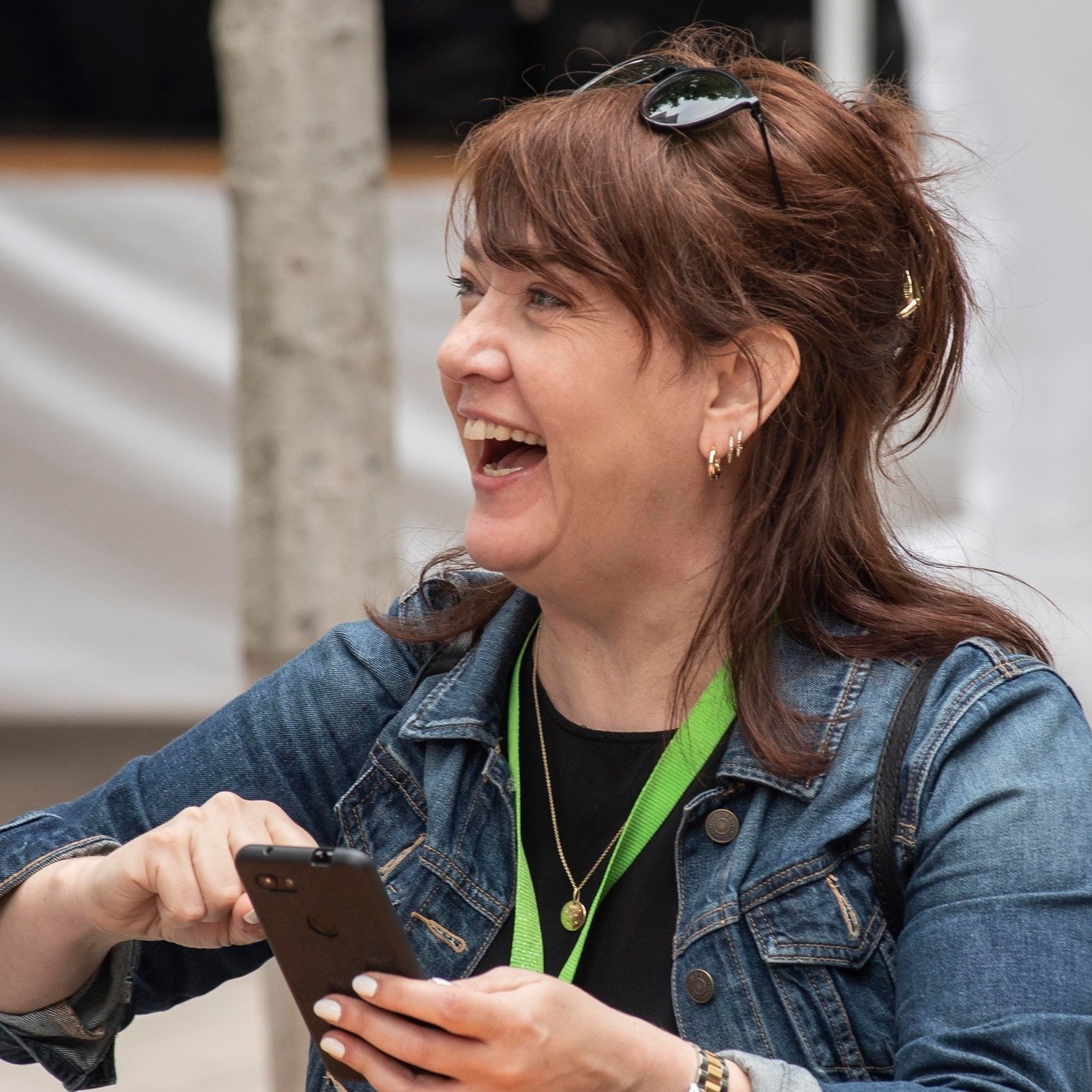Wishing on My Falsies plays with the subversion of glamour at Western Front
Exhibition brings together works by Vancouver-based artist Katayoon Yousefbigloo and Portuguese collective A Maior
Katayoon Yousefbigloo, P.L.U.R.O.M.A. Resort Boutique at The Polygon Gallery, 2024. Photo by NK Photo
A Maior, Fall/Winter, 2023-24. Photo courtesy of the artists
Western Front presents Wishing on My Falsies from January 11 to April 5, with an opening reception on January 11 from 5 pm to 7 pm
WISHING ON A fallen eyelash is a superstition that’s been around for centuries, transcending cultures and time. Western Front is expanding on the associated concepts of beauty and desire in Wishing on My Falsies, a new exhibition curated by Kiel Torres that brings together the works of artist Katayoon Yousefbigloo and collective A Maior.
Born from a clothing and home-goods store situated in the outskirts of Viseu, Portugal, A Maior is managed by artist Bruno Zhu and his family. Since 2016, the collective has regularly hosted exhibitions within its retail space; customers enter the store to shop for garments and goods, and come across artwork stationed playfully throughout.
At Western Front, Wishing on My Falsies features images from A Maior’s seasonal lookbook that have been scaled up to billboard-sized wallpapers. Among the images are editorial beauty shots of Zhu’s grandmother modelling opulent jewellery, glittery cosmetics, and A Maior merch. (“From what I’ve heard from Bruno,” Torres says, “she loves stepping into the spotlight as this absolute icon.”) They’re juxtaposed with mundane photos showing the interior of Zhu’s grandmother’s home. The diptych-style wallpapers bookend Yousefbigloo’s garments and videography in the gallery space.
Speaking to Stir by Zoom before the exhibition’s opening, Torres explains that observing A Maior’s beauty shots and domestic images next to each other “has this contrasting sense of privacy and visceral intimacy”. Ultimately, that’s what’s at play in Wishing on My Falsies—the subversion of glamour.
“A Maior is really emulating these signifiers of high fashion and luxury, and having them exist in this retail space that is definitely a bit more accessible and community-based,” she says. “That’s what I’m thinking about in relation to the myth-making potential of dress-up. You can really build a world based off of your clothes and your styling decisions, and I’m really interested in thinking about how fashion can shape individual and collective identities.”
Wishing on My Falsies will be at Western Front from January 11 to April 5, presented with support from the Audain Foundation. An opening night reception is scheduled from 5 pm to 7 pm; Yousefbigloo will play a live performance during which she’ll emulate the sounds of online shopping through digital effects and guitar pickups. In February, Zhu will be in residency at Western Front and will host a series of workshops with local writers for the development of a sequel novella to A Maior’s 2023 publication Retail Vérité.
A Maior, Fall/Winter, 2023-24, featuring Bruno Zhu’s grandmother. Photo courtesy of the artists
Born in Iran and raised in Vancouver, Yousefbigloo spent the early days of her career heavily steeped in the music scene here. Playing in bands allowed her to travel often, and she lived in Montreal for a short time before the pandemic hit. Since then, she’s focused more steadily on her visual-arts practice, venturing into Vancouver’s contemporary spaces with projects like last fall’s multimedia fashion show for her P.L.U.R.O.M.A. (Peace Love Unity Respect Oxygen Music Autonomy) lifestyle brand at The Polygon Gallery. The show was hosted by her DIY art collective Liquidation World, which operates a multipurpose space at 1965 Main Street.
“The whole P.L.U.R.O.M.A. world really plays on the idea of what it means to have this glamorous fashion show,” Torres notes. “It’s this immersive world, but in that, it’s really about the desires and aspirations we have and how those are articulated when you actually don’t have access to signifiers of wealth and luxury—which is why I think the bootlegs are a really interesting example of that.”
Bootleg merchandise is deeply ingrained in Liquidation World, right down to the brand’s name and logo designed by Maya Beaudry, which Yousefbigloo describes as “directly ripped off” of the now-defunct Vancouver business Liquidation World. Much of the brand’s creative outputs unabashedly rip off other logos; last season’s styling of the P.L.U.R.O.M.A. text was born from a reworked Absolut Vodka logo, while a giant step-and-repeat photo backdrop at The Polygon Gallery show intermixed the logos of well-known brands such as Red Bull and Home Hardware with references to local artists and organizations like Red Gate Arts Society, DJ La PosmoBaby, and Sophia Stel (who also performed at the event).
“For me, bootleg just means unauthorized, or no permission taken,” Yousefbigloo tells Stir over a separate Zoom call. “I’m interested in testing those boundaries because I have a music background—not classically trained, but I’ve played in lots of bands, and in that culture bootlegging is more common. It’s a sign of respect, almost, to bootleg something.”
Katayoon Yousefbigloo, Security Uniform (Glove), 2024. Photo courtesy of the artist
P.L.U.R.O.M.A. gets its name from two sources: PLUR, a ’90s rave acronym for Peace Love Unity Respect, and Pleroma, a term in Gnostic mythology that refers to the divine spark that formed the material world. Yousefbigloo has expanded upon the brand’s latest collection by scouring archives at both Western Front and the Morris and Helen Belkin Art Gallery to find inspiration for the upcoming exhibition. Old posters and paper ephemera were turned into garments through multi-step transformations that involved photocopying and screenprinting. In reference to those paper origins, many of the pieces on display at Western Front are black and white.
Yousefbigloo will also have a video projection at the exhibition, in which security camera-style footage shows the street view of a retail location. Inside, a variety of interesting characters are performing everyday actions while wearing pieces that Yousefbigloo made out of used clothing.
“In a glamorous way, I’m using these unglamorous garments,” she says. “We’re in Vancouver, we’re not in New York—there are a lot of raincoats here and things like that. So I feel this is kind of a dress-up fantasy for me versus what my everyday life is like. And I think that’s just it: P.L.U.R.O.M.A. is a fantasy that everybody’s bought into, and it’s now becoming real—almost too real.”
For Torres, that concept of fantasy-infused fashion is integral to Wishing on My Falsies. From Yousefbigloo’s examinations of brand-obsessed consumerism to A Maior’s tongue-in-cheek engagements with luxury, the exhibition offers a refreshing perspective into how style can influence our perceptions of everyday life.
“People are thinking about wish lists and desires, and what they want to bring into the new year,” Torres says. “I thought it would be fun to play on that idea of wishmaking and the synthetics of it, and just create a very colourful, playful environment that people can step into and feel immersed.” ![]()





